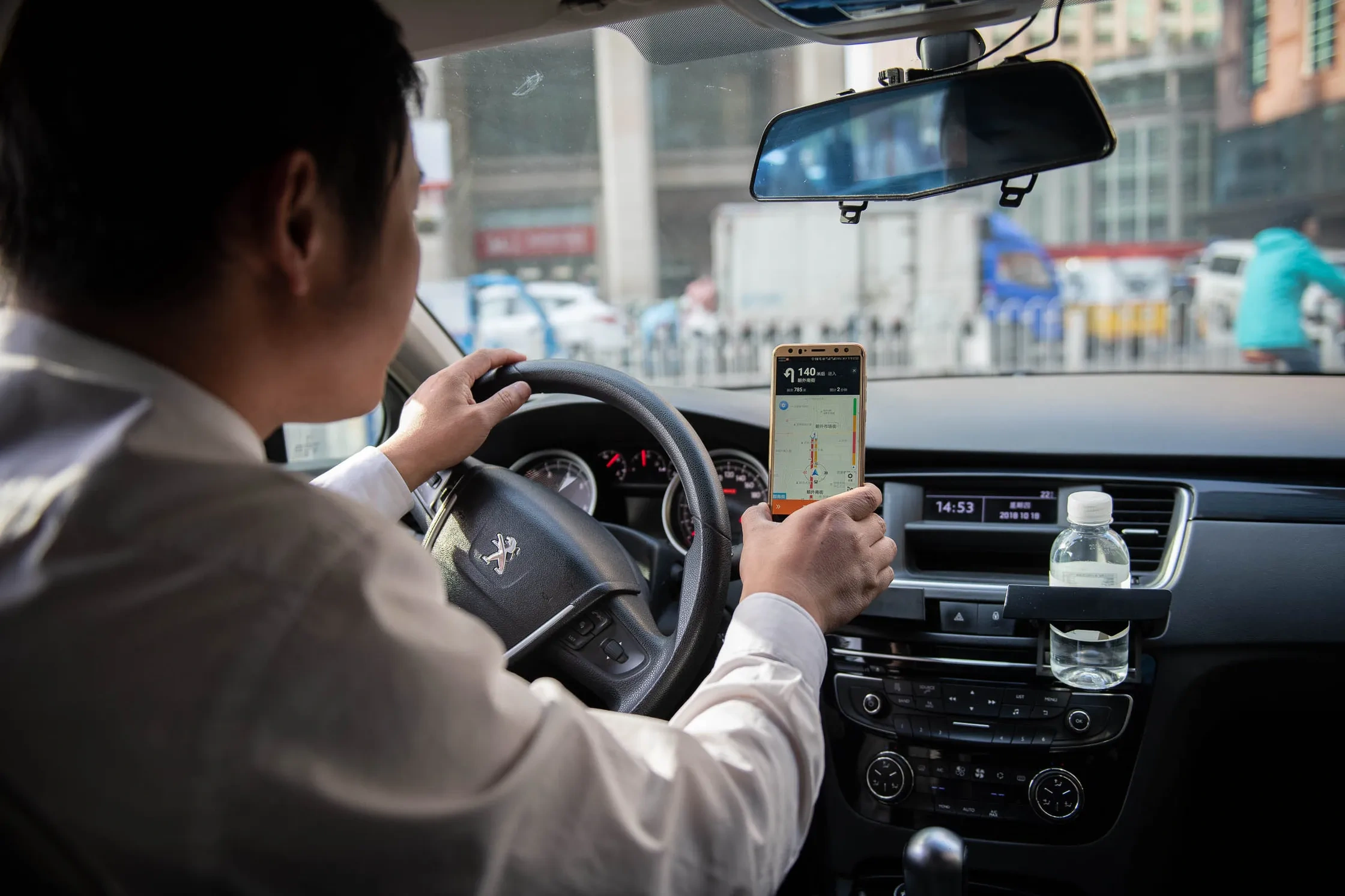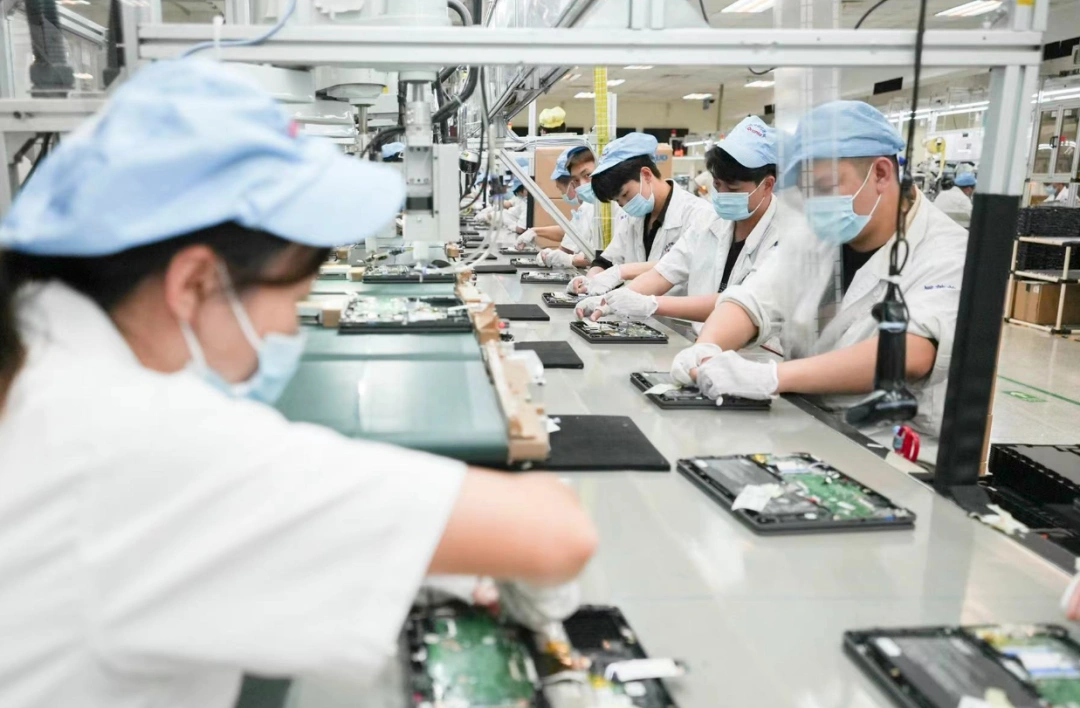How China Became the Safest in the World in Just Two Decades?
For a period of time, in order to enrich my spiritual and cultural life, I saw on social media that some netizens were talking about a documentary masterpiece called “Crime Stories in Western China.” They mentioned that this series was highly realistic, with extensive scenes of various crime scenes.
Intrigued, I decided to watch it. This documentary series consists of 20 episodes, mainly focusing on major criminal cases that occurred in Sichuan Province around the early 2000s. It was indeed very realistic, even including direct footage of crime scenes and bodies.
Of note, while depicting the process of public security officers solving criminal cases, this documentary also reflects many aspects of China from 20 years ago, evoking memories of the past for me. I felt compelled to jot down some of my reflections.
The various details throughout the series gave me the impression that despite only 23 years passing since its release, China seems to have transitioned through an entire era. It’s astonishing how the China portrayed in the documentary feels like a completely different country from the China of today.
In the past, the population in counties and townships was thriving, filled with young people everywhere.
The documentary mentioned a series of cases of anesthesia robbery, which occurred in various towns. The robbers would specifically drug the hostesses in karaoke bars in these towns and proceed to rob them of cash, phones, gold necklaces, rings, and other valuables. It is noteworthy that these incidents took place in different towns within one county in Sichuan Province, showing the abundant population in each township, as evidenced by the existence of over 40 karaoke bars. Furthermore, these hostesses were quite young.

There was a criminal case in Yilong County, Sichuan Province, where a young unidentified female corpse was found in the mountains. The police deduced from her attire that she worked in the entertainment industry. Consequently, the police summoned over 150 nightclub owners in Yilong County to the police station for identification, but none of them recognized the woman.
The fact that a single county had over 150 entertainment venues reflects the prosperity of the population in the county and the resultant industrial distribution at that time. However, fast forward twenty years, due to declining birth rates and the continuous migration of people to large cities, the once bustling counties and townships are gradually becoming a thing of the past. Even when returning to one’s hometown now, finding young people in their twenties working in the county is not as easy as before, reflecting a significant aging population.
The impact of massive layoffs in the late 1990s on public security, as well as the rise of mobile internet, have transformed China.
Some of the masterminds behind crimes came from families affected by layoffs. In one case of anesthesia robbery, the main culprit was a woman who collaborated with her lover to drug and rob hostesses.
She had a husband who worked in a coke plant, while she worked in a silk factory. Their relationship was reportedly good before the large-scale layoffs in 1998. However, after her husband left the factory to start his own business and her factory went bankrupt, their relationship soured. Her husband started seeing escorts, and the woman blamed the escorts for ruining her family. Faced with financial difficulties, she resorted to crime with her lover.
Today, with the rise of new industries like food delivery, courier services, ride-hailing, and live streaming, finding employment is much easier than before, addressing basic survival needs.
In 2010, the Foxconn suicides made headlines across China. At the time, discussions among educated colleagues revolved around the limited options for these workers if they were not at Foxconn, as it was considered a relatively good factory.
Later, with the rise of mobile internet, new forms of employment emerged. Take the example of courier services: in 2010, the volume of courier services was 2.34 billion, while in 2023, it reached 132.07 billion, a staggering increase of five to six times. Even considering efficiency improvements, this growth has significantly expanded the scale of employment.
The State Post Bureau once stated that by the end of 2010, there were 542,000 employees in China’s express delivery industry, accounting for 0.2% of the total number of employees in the tertiary industry. The employment opportunities provided by the express delivery industry were already growing rapidly at that time. In 2010, the number of employees in the express delivery industry increased by as much as 35%, far exceeding the national employment growth rate of 1.5% that year.

In August 2024, CCTV News reported that China had 870,000 postal workers and 4.5 million couriers. Clearly, the addition of these 4.5 million couriers from 2010’s 542,000 employees has created approximately 4 million new job positions, a ninefold increase from the previous year.
As for food delivery riders and ride-hailing drivers, these job opportunities were virtually nonexistent a decade ago. In February 2023, the All-China Federation of Trade Unions released the results of the ninth national survey on the status of the workforce: there were around 402 million workers in the country, with a staggering 84 million engaged in new forms of employment (primarily truck drivers, ride-hailing drivers, couriers, food delivery personnel, mainly consisting of male adults), accounting for over one-fifth of the workforce.

I would like to express my viewpoint here. While we have always emphasized the importance of the manufacturing industry and its core role, the service industry represented by the mobile internet plays an irreplaceable role in driving employment. Over the past decade, with the continuous improvement of China’s manufacturing capabilities, the value added by the manufacturing industry has been steadily increasing. However, the overall number of employees in the manufacturing industry has been declining, and industrial robots are increasingly being applied in manufacturing.
The flourishing development of the mobile internet has brought about tens of millions of new forms of employment, playing a crucial role in changing the social landscape of China and reducing social crimes.
The Third Front Construction
Note:
The Third Front Construction was a Chinese government campaign to develop industrial and military facilities in the country’s interior.
In a case that occurred in Sichuan Province, featured in this documentary, the criminals, police officers, and civilians all speak Sichuanese dialect.
However, in a case that took place in Panzhihua, Sichuan, although most people still speak Sichuanese, many individuals who appear, including the female criminal and her husband, the deputy captain of the police station, and a female worker being interviewed, speak Mandarin.
Interestingly, a roadside individual entrepreneur (shown below) surprisingly speaks with a distinct Northeastern Chinese accent. Panzhihua is a newly built industrial city in western China, established during the Third Front construction of that era.
In the present day, a new round of Third Front construction is already underway, especially with the release of guidelines at the end of September for the orderly transfer of funds, technology, and labor-intensive industries from the eastern regions to the central and western regions. This has sparked significant discussions.
Compared to over 20 years ago, a notable difference lies in the rise of the Chuan-Chong region, which now boasts a more comprehensive industrial backup, proving the feasibility of industrial relocation.
Display Panels: BOE has factories in Mianyang, Chengdu, and Chongqing;
Automotive Industry: Apart from Geely’s Chengdu factory, Volvo’s Chengdu factory, and Changan Automobile in Chongqing, Chongqing’s Siles electric vehicles are on the rise;
Aerospace Industry: Chengdu Aircraft Industry Group has put into mass production the J-10 and J-20 fighter jets;
Battery Industry: CATL has a large power battery base in Yibin, Sichuan, while BYD has a large blade power battery base in Chongqing. Chongqing is also the initial launch site for BYD’s blade batteries;
Electronics Industry (Computers): Chongqing is one of the world’s largest laptop manufacturing centers. In 2023, Chongqing produced 70.63 million laptops, accounting for over 40% of global production (official sources from Chongqing claim it’s close to 50%, and I’ve checked global laptop shipments in 2023 were 167 million units);

Meanwhile, Chengdu stands as the global leader in Apple iPad manufacturing. In August 2023, the World Display Industry Conference held in Chengdu revealed that two-thirds of Apple’s iPads are manufactured in Chengdu. From January to July 2024, Sichuan Province ranked first in tablet computer exports nationwide;
Electronics Industry (Smartphones): Chongqing hosts factories for companies like OPPO and VIVO. In 2023, Chongqing produced 76.9364 million smartphones, with an 11.2% year-on-year growth. Sichuan also produces a large number of smartphones;
ICT Industry: Huawei has a research institute in Chengdu, serving as one of its major research centers in China. ZTE also has a research institute in Chengdu;
Military Aerospace Nuclear Weapons Industry: The Chuan-Chong region hosts numerous military factories, including the Xichang Satellite Launch Center.
Beyond industrial manufacturing, Chengdu ranks as the nation’s fourth-largest internet industry base, following Beijing, Shanghai, and Shenzhen. Major internet giants such as Tencent, ByteDance, Alibaba, and Baidu have research and development centers in Chengdu.
Overall, the central and western regions extend beyond the Chengdu-Chongqing area to include about twenty provinces and cities. Chengdu does not represent the entirety of Sichuan, and I believe the next wave of growth will come from further narrowing the development gap between regions.
After all, simply relocating high-income positions from coastal areas to inland regions can significantly elevate the national standard of living.
In conclusion, upon watching this documentary, one’s impression of China goes beyond the physical transformation of cities and infrastructure. The most profound change seems to be the increase in a sense of security.
Increased Sense of Security: The documentary gave me the impression that society back then was truly unsafe. Any case from that time, if brought to today, would still make headlines as a major incident. It could even lead to internet paralysis, and public opinion would never tolerate such a long time to solve cases. Nowadays, the speed of solving major cases is quite rapid.
Increased Economic Security: Being laid off 20 years ago made finding a job incredibly challenging. Today, as long as one is not too picky, it’s still possible to make a living by finding new forms of employment.
Another aspect not covered in the documentary is the increase in national defense psychological security. Back in the day, there was a feeling that fighting the United States was impossible. It was all about J-8 versus F-22, modern-day Sunburn missiles sinking American aircraft carriers, and such. Now, with early warning aircraft, J-20, J-16, anti-ship ballistic missiles, aircraft carriers, J-15 carrier-based aircraft, Type 055 destroyers, and more countering American carrier battle groups… one feels much more psychologically secure than before.

Of course, compared to 20 years ago, rural areas have visibly aged significantly, with fewer people around. The youthful scenes that were once common are no longer present, and I believe this is a major issue that needs attention. After all, the urban-rural gap, as well as the gap between cities, county towns, and rural areas, still exists and is not insignificant. If in the future, there are no people left in county towns or rural areas, how can development continue?
Some people say they miss the early 2000s, while others reminisce about the 80s and 90s, and there are even those who long for the time before the reform and opening up. I believe this nostalgia stems from dissatisfaction with the present, leading people to glorify the past and forget its hardships.
However, when comparing just 20 years ago to the present, the country was weaker, the people were poorer, security was lacking, finding a job was difficult, and even walking on the streets could result in being checked for residency permits. Having a child could lead to fines, dismissal, or even forced abortions. Personally, I would never want to go back to those times.



